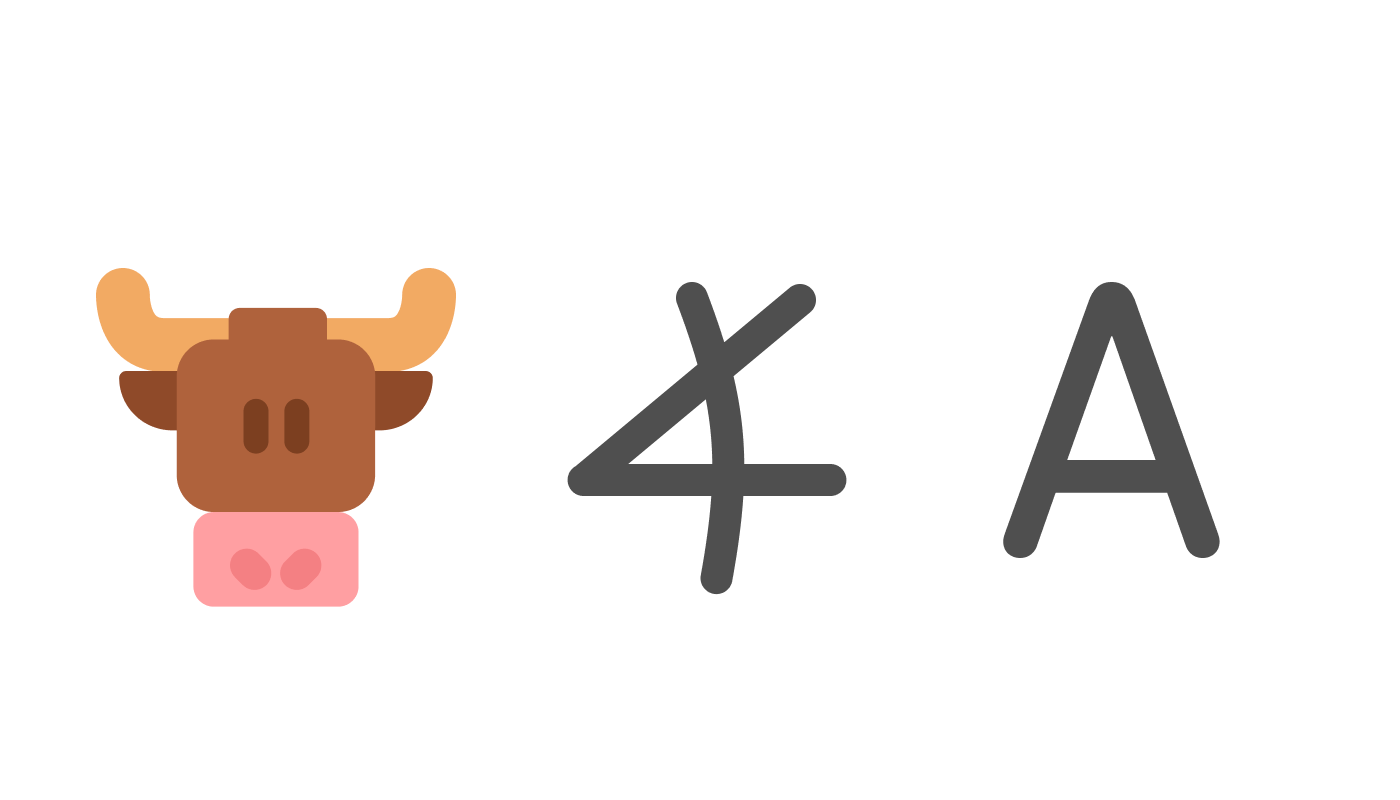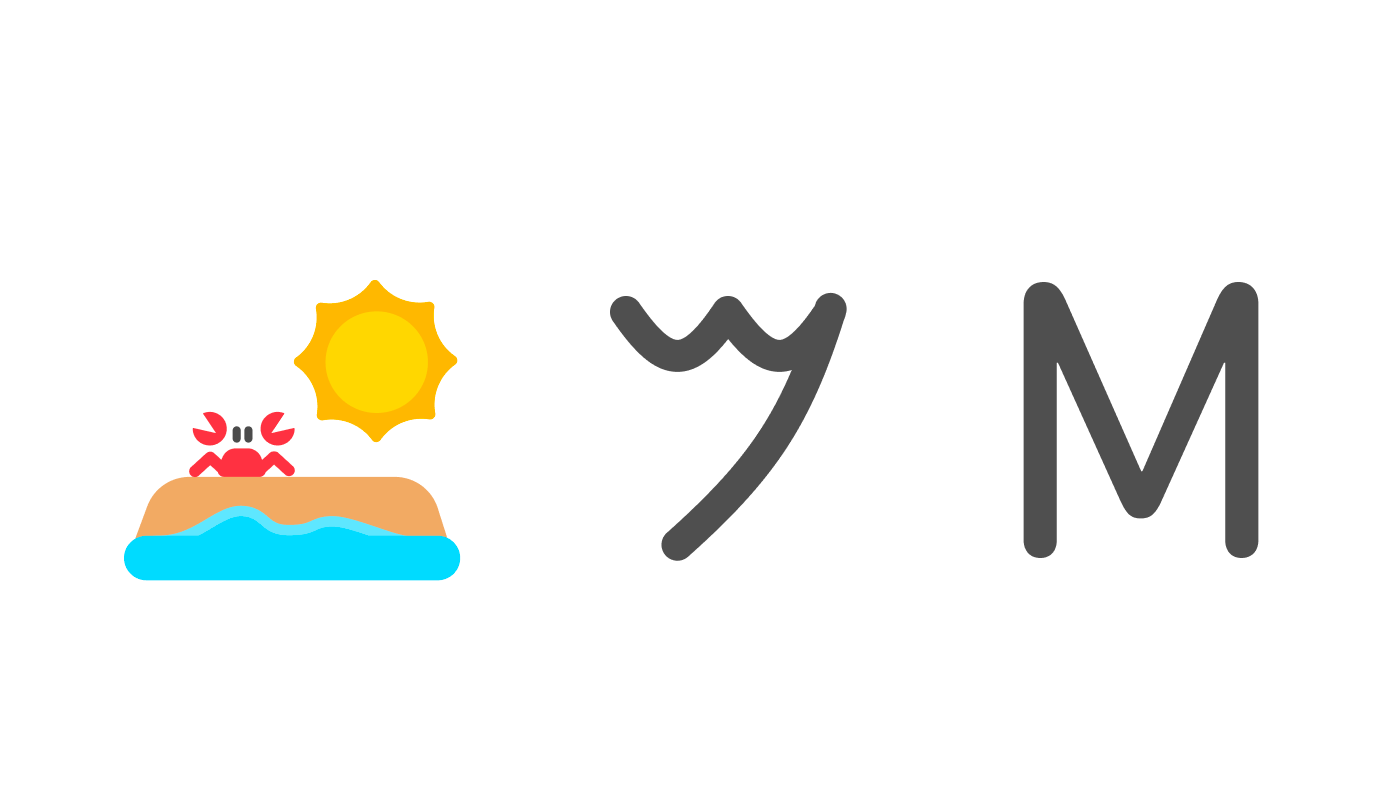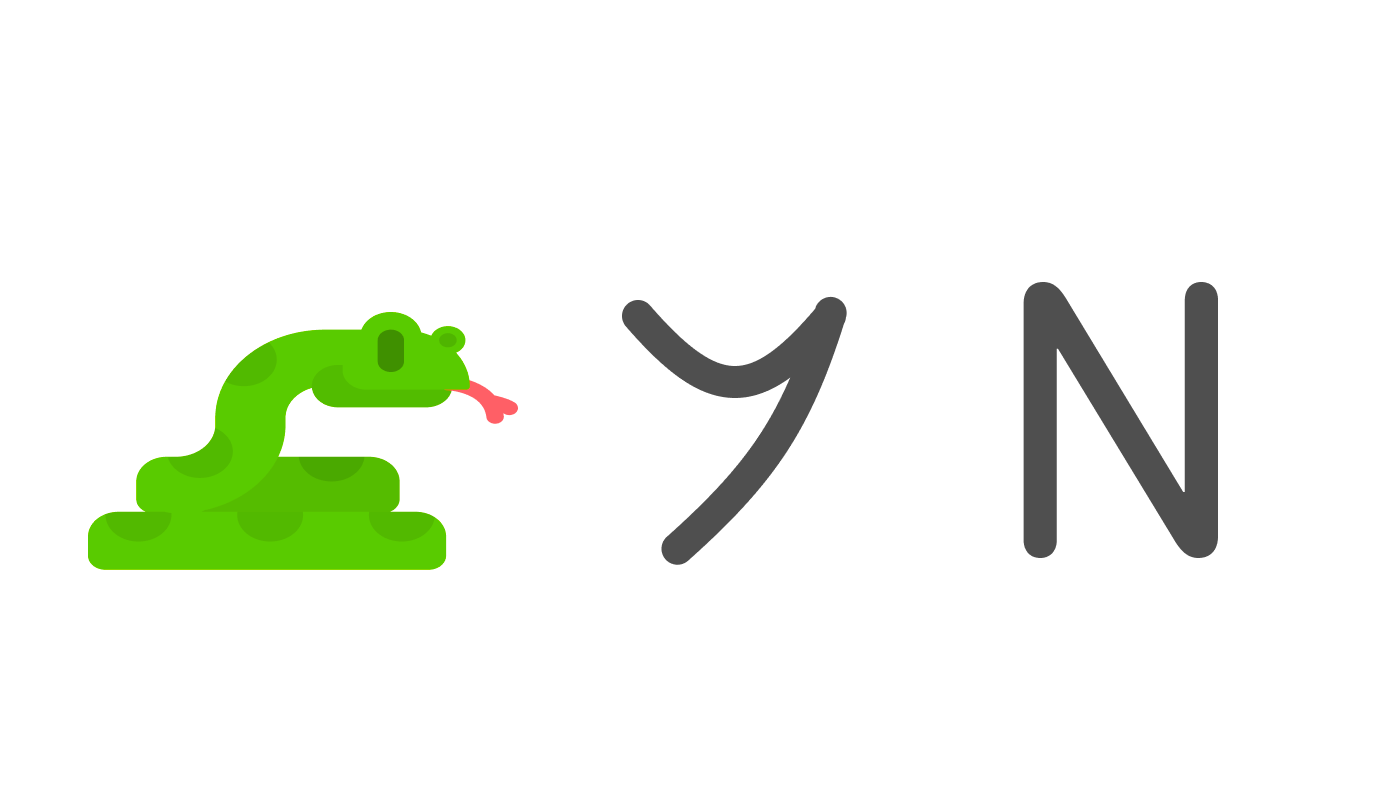It’s easy to take the alphabet for granted—that is, until you’re learning a new language with different pronunciations for those letters.
Languages like English, Spanish, and French use alphabets, instead of other writing systems used around the world, but linking symbols to sounds was actually an *innovation* that dramatically changed how people wrote languages. 💡
Here’s the story of the revolutionary ABCs!
Who came up with this “writing” thing?
Humans began communicating through language more than 100,000 years ago, and using writing to represent that language came long after. (And it took us even longer to get around to blogging!)
Two of the earliest writing systems, cuneiform and hieroglyphics, developed independently around 5500 years ago. In cuneiform, wedge-shaped marks are used to represent whole words or chunks of words, while Egyptian hieroglyphs are often more recognizable images (like pictures of birds and reeds) that stand for whole words or syllables.
These two systems were a huge help in building Mesopotamian and Egyptian civilizations—but their neighbors noticed that there was room for improvement.
Phoenicians: the alphabet innovators
About 3000 years ago, in what is now Lebanon, the Phoenicians had a novel idea: They decided to use symbols to represent sounds instead of using them for whole words. They took versions of the Egyptian hieroglyphs and assigned each character a particular pronunciation.
But the Phoenicians weren’t done, and their new system had two other groundbreaking features:
- It only had 22 symbols. This was an impressively small set, especially since Egyptian hieroglyphs had around 100 symbols. (And modern Chinese has thousands!)
- It was always written in the same direction. Previously, writing systems could be written in multiple directions, but Phoenician was always written from right to left.
By today’s definition, the Phoenician system wouldn’t technically count as an alphabet, because of another key characteristic: It only included symbols for consonants. Vowels were implied, so anyone who knew Phoenician could tell which vowel sounds were intended. If you’ve ever used Tumblr, Scribd, or Flickr, you know it’s not always necessary to include all the vowels! (This phenomenon is sometimes called disemvoweling.) This is how modern Arabic and Hebrew work, too.
The new Phoenician system meant that scribes could write any text and even translate other languages. Even better for language learners, its simplicity made it easy to memorize!
The alphabet became so successful that it spread to other Mediterranean cultures, including the Greeks—and from there it was adopted by the Romans, who then carried it across Europe.
Why is it called the alphabet?
While alphabets have evolved over time, the name alphabet is virtually unchanged. The first two symbols in the Phoenician alphabet were ʾālep and bēt, which were translated to alpha and beta in the Greek alphabet… which were combined in the word alphabet! We might think it sounds childish to call them the ABCs, but really the word itself just means A-B.
M is for… mem?
The Egyptian hieroglyphs that the Phoenicians repurposed in their alphabet started as tiny pictures of real objects from everyday life. The idea was simple: Take the first sound in the name of a thing, and a little picture of that thing represents its first sound.
For example, the first Phoenician letter, ʾālep, was drawn to be the head of an ox to represent the first sound in their word for “ox,” a sound called a glottal stop, represented by the apostrophe in ʾālep. (This is the sound we use in English in the middle of uh-oh.) The next letter, bēt, was an image of a simple house because the first sound in the word for “house” was a “b” sound, and so on.
Over time, as the letters were repeated and borrowed by other languages, the images in the alphabet became less recognizable. For example, the ox’s head (ʾālep) was rotated so its two horns pointed sideways, and later, the symbol was rotated even more to the orientation used today.

This is how it went for all of the symbols in the alphabet, leaving them mostly unrecognizable as the iconic pictures they used to be.
Still, a few of the modern letters hold on to a bit of their history. The name of the thirteenth letter in the Phoenician alphabet, mēm, meant “water,” and the modern letter M hasn’t changed greatly from its source letter, which looked a bit like pointy little waves in a child’s drawing of water.

The fourteenth letter was named nūn, meaning “serpent,” and it even looked something like a slithering snake. The English letter “N” hasn’t been modified much from its serpentine origins!

The alphabet in pop culture
Today, the legacy of the alphabet, and even individual letters of the alphabet, continues in pop culture.
The Phoenicians, who first innovated an alphabetic system, became closely associated with writing in general. The Phoenician city Byblos, one of the places where the alphabet was developed, effectively became synonymous with the Greek word biblion, which meant “paper.” The name of the most famous book in the world, the Bible, is derived from that same source!
The word alpha is often used to refer to someone who is dominant or powerful, and this of course is simply the name of the first letter in the Greek alphabet.
In an ironic twist, Gen Alpha—the youngest generation, people born starting around 2010—is named using a 3000-year-old symbol that was originally a drawing of an ox’s head. And with the youngest members of Generation Alpha learning their ABCs, they’re inheriting simple but innovative origins of those couple dozen letters.
The second letter of the Phoenician alphabet, bēt, might also be familiar to you. Remember that bēt meant “house,” and so the little house image stood for the sound “b”? Phoenician is a Semitic language, like Arabic and Hebrew, and these languages also have words like bēt for “house.” The name of the city Bethlehem (Hebrew Bet Leḥem) meant something like “house of bread” or “house of food,” where the “house” may have been a reference to a temple.
Now we know our ABCs
Every time you read or write—or learn new pronunciations for familiar letters—you’re building on the work of the Phoenicians!
